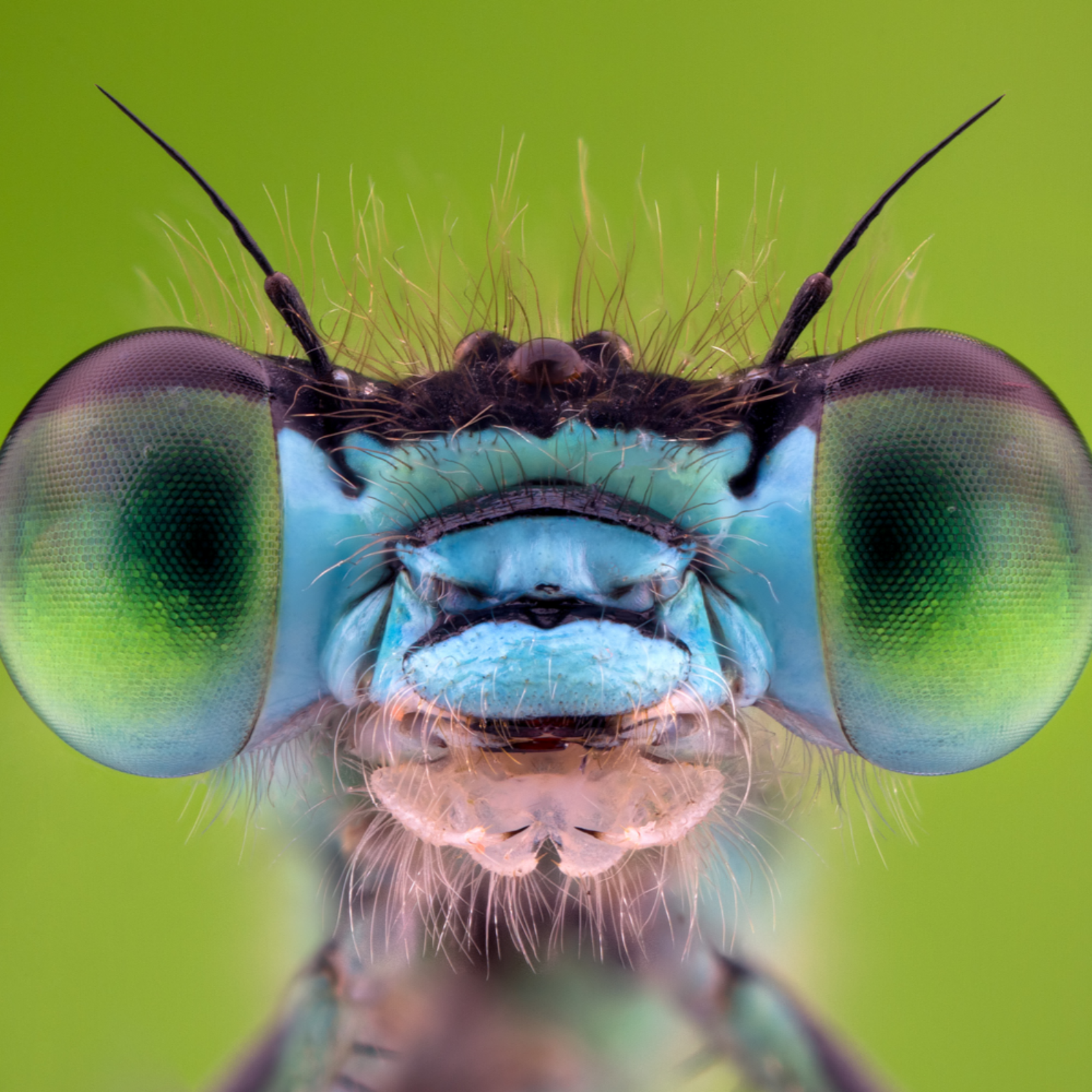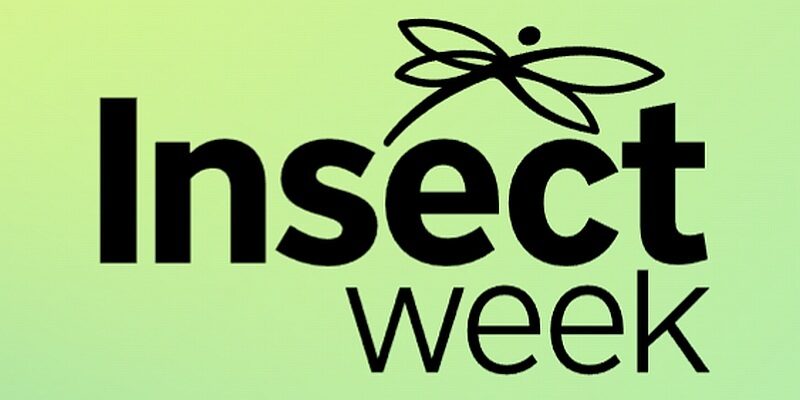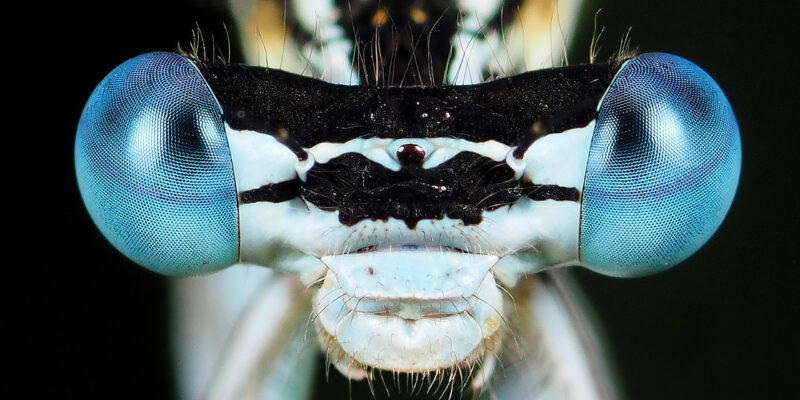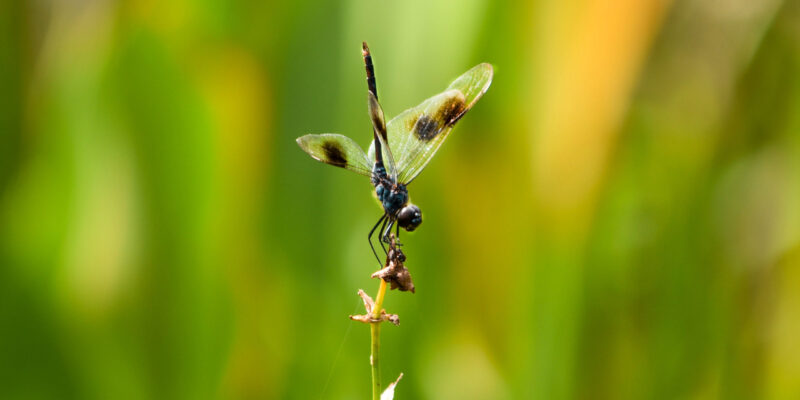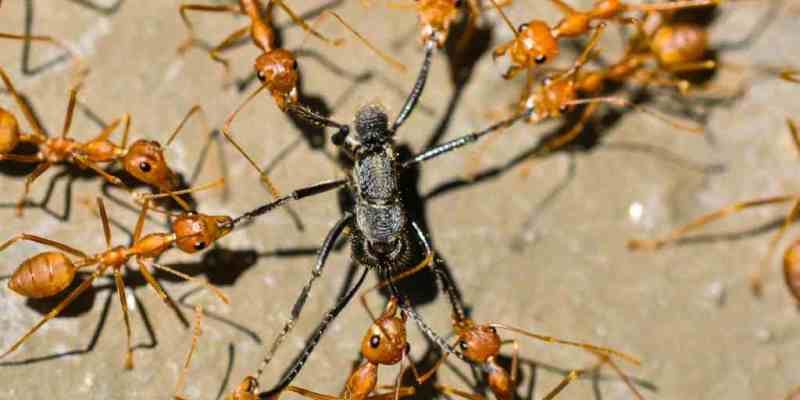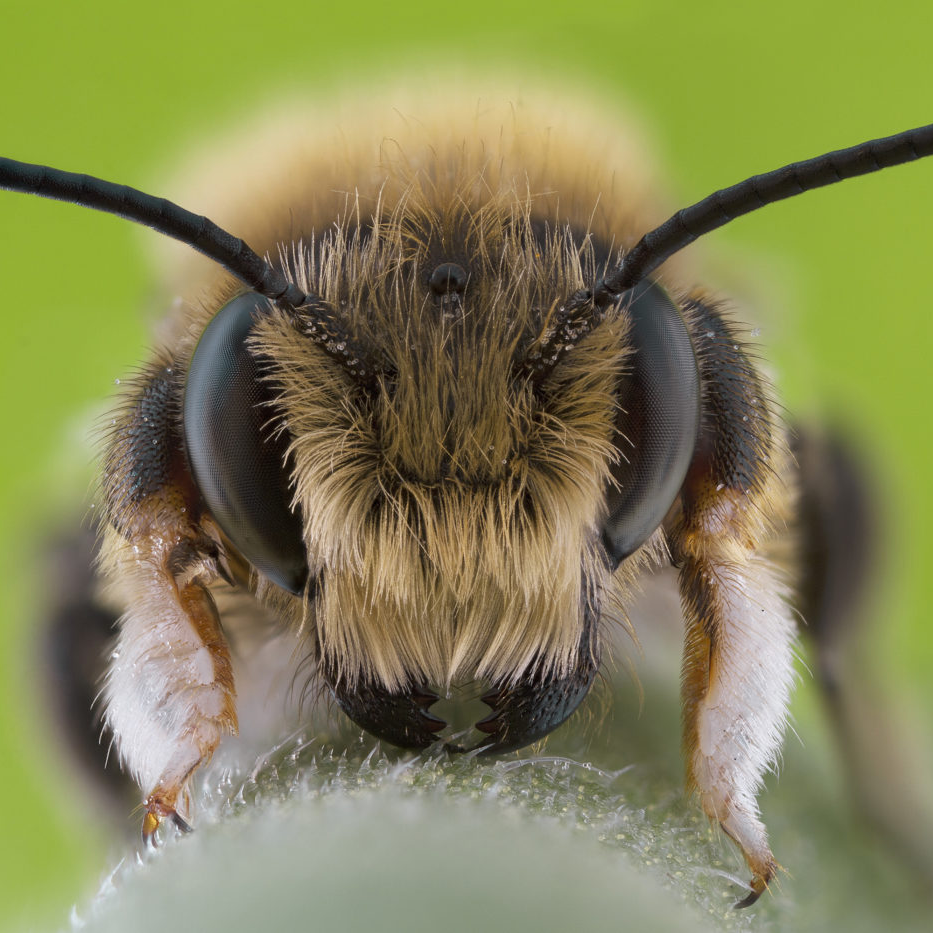
The Royal Entomological Society is committed to supporting and maintaining the highest ethical standards in research. When animals that may be sentient (i.e., capable of experiencing valenced states, especially negatively valenced states like pain) are involved in research, these standards include considering their welfare (Beauchamp and DeGrazia, 2020).
However, there is no scientific consensus on whether insects are sentient (Adamo, 2016/2019; Birch, 2022; Gibbons et al., 2022; Klein and Barron, 2016; Lambert et al., 2021; Mikhalevich and Powell, 2020; Sandhi et al., 2023; Andrews et al. 2024). More research is needed on this topic.
With significant uncertainty about an animal’s sentience, precedent suggests adopting research practices that minimise the risk of unnecessary harm (Birch, 2017), including invertebrates (ASAB/ABS, 2024). These practices can be informed by existing tools for risk mitigation (e.g., the 3Rs; cf. NC3Rs 2023) and welfare assessment (e.g., the Five Domains Model; cf. Mellor and Reid, 1994).
Such tools can support entomologists interested in harm minimisation in their research or insect management (Barrett et al., 2023; Crump et al., 2023; Freelance, 2019). Considering welfare can also advance other scientific objectives, such as promoting reproducibility, transparency, and research quality (Cait et al. 2022; Cuff et al. 2024).
Where insects are ethically killed for research purposes, the researchers should consider repurposing the specimens to maximise their use.
This could include contributing to museum collections, supporting further research and study, or creating educational resources (Montero-Castaño et al. 2022).
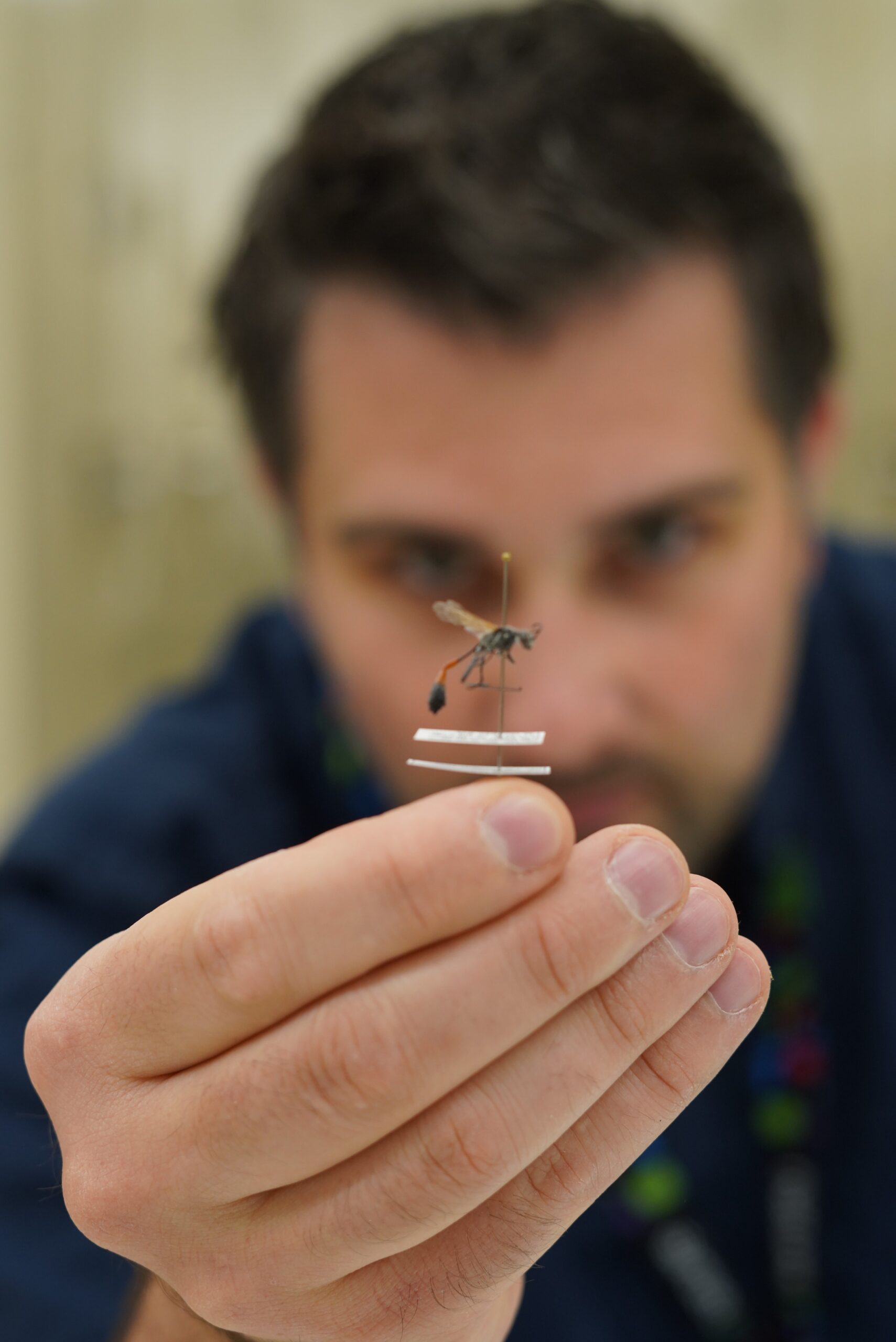
Given the significant differences between insects and the animals for which these tools were developed, it is crucial that entomologists adapt these risk mitigation and welfare assessment tools to their specific contexts and needs (Barrett and Fischer, 2020). Other scientific societies have begun this work, such as The Animal Behaviour Society and the Insect Welfare Research Society. Both these organisations have provided preliminary resources for use at the discretion of lead investigators, management professionals, or educators while still pursuing their professional objectives (see the list below of currently available resources).
The RES supports the entomological community in conducting ethical research by developing practical resources available to its membership. The RES also encourages the development of further resources to ensure that our practices remain aligned with the highest standards of scientific integrity and ethical responsibility.
Royal Entomological Society is working with the Insect Welfare Research Society to produce resources for researchers and Animal Welfare Ethical Review Bodies (AWERB) to support this statement.
“I am excited to join the team to work on this timely project enhancing the welfare and ethics of insects in research. The RES is committed to promoting ethical research practices while actively engaging in the evolving conversation around insect welfare. I look forward to working with our members across disciplines to create resources that support these goals, supporting our community in upholding the highest standards of responsibility and care.”
– Dr. Jess Stokes, RES Project Officer
List of Resources for Ethical Animal Use in Entomology
General Resources:
- NC3Rs. (2023). “The 3Rs.” https://www.nc3rs.org.uk/who-we-are/3rs
- Cooper J. (2011). Anesthesia, analgesia, and euthanasia of invertebrates. ILAR Journal, 52: 196-204.
- Mellor, D.J., and Reid, C.S.W. 1994. Concepts of animal well-being and predicting the impact of procedures on experimental animals. In Improving the Well-being of Animals in the Research Environment.
- Baker, R.M., Jenkin, G., Mellor, D.J., Eds.; Australian and New Zealand Council for the Care of Animals in Research and Teaching: Glen Osmond, Australia, pp. 3–18.
- Wahlnitz SJ, Harms CA, Lewbart GA. (2023). “Anesthesia and analgesia in invertebrates.” In Dyson et al. Anesthesia and analgesia in laboratory animals, (3rd edition). Academic Press.
- Lövei GL, Ferrante M. (2024). The use and prospects of non-lethal methods in entomology. Annual Review of Entomology, 69: 183-198.
Estimating Sample Sizes:
- Perl CD. (2023). Power analyses and estimating sample sizes. Insect Welfare Research Society. DOI: 10.12140/RG.2.2.11998.61768
- Lynch CM, Perl CD. (2024). Power analyses by simulation. Insect Welfare Research Society. DOI: 10.13140/RG.2.2.19753.36967
Guidelines:
- ASAB Ethical Committee/ABS Animal Care Committee. (2024). Guidelines for the ethical treatment of nonhuman animals in behavioural research and teaching. Animal Behaviour, 207, I-XI. https://doi.org/10.1016/S0003-3472(23)00317-2
- Fischer B, Barrett M, Adcock S, Barron A, Browning H, Chittka L, Crump A, Drinkwater E, Gibbons M, Haverkamp A, Perl C. (2024). Guidelines for protecting and promoting insect welfare in research. Insect Welfare Research Society. Retrieved from: insectwelfare.com/research-guidelines

References
ASAB Ethical Committee/ABS Animal Care Committee. (2024). Guidelines for the ethical treatment of nonhuman animals in behavioural research and teaching. Animal Behaviour, 207, I-XI. https://doi.org/10.1016/S0003-3472(23)00317-2
Adamo, S., 2016. Do insects feel pain? A question at the intersection of animal behaviour, philosophy and robotics. Animal Behaviour 118: 75–79.
Adamo, S., 2019. Is it pain if it does not hurt? On the unlikelihood of insect pain. The Canadian Entomologist 151: 685–695.
Andrews K, et. al., 2024. The New York Declaration on Animal Consciousness. Retrieved from: https://sites.google.com/nyu.edu/nydeclaration/declaration
Barrett, M., and Fischer, B., 2023. Challenges in farmed insect welfare: Beyond the question of sentience. Animal Welfare 32: e4.
Barrett, M., Fischer, B., and Buchmann, S., 2023. Informing policy and practice on insect pollinator declines: Tensions between conservation and animal welfare. Frontiers in Ecology and Evolution, 10: 10.3389/fevo.2022.1071251.
Beauchamp, T. L., & DeGrazia, D. (2020). Principles of animal research ethics. Oxford University Press.
Birch, Jonathan (2017) Animal sentience and the precautionary principle. Animal Sentience 16(1)
Birch, J., 2022. The search for invertebrate consciousness. Noûs 56: 133–153.
Cait, J., Cait, A., Wilder Scott, R., Winder, C.B., and Mason, G.J., 2022. Conventional laboratory housing increases morbidity and mortality in research rodents: Results of a meta-analysis. BMC Biology 20: 15.
Crump, A., Gibbons, M., Barrett, M., Birch, J., and Chittka, L., 2023. Is it time for insect researchers to consider their subjects’ welfare? PLoS Biology 21: e3002138.
Cuff, J.P., Barrett, M., Gray, H., Fox, C., Watt, A., and Aimé, E., 2024. The case for open research in entomology: Reducing harm, refining reproducibility and advancing insect science. Agricultural and Forest Entomology. https://doi.org/10.1111/afe.12617
Freelance, C.B., 2019. To regulate or not to regulate? The future of animal ethics in experimental research with insects. Science and Engineering Ethics 25: 1339-1355.
Gibbons, M., Crump, A., Barrett, M., Sarlak, S., Birch, J. and Chittka, L., 2022. Chapter Three – Can insects feel pain? A review of the neural and behavioural evidence. Advances in Insect Physiology. Academic Press, pp. 155–229.
Klein, C., and Barron, A.B., 2016. Insects have the capacity for subjective experience. Animal Sentience 1 https://doi.org/10.51291/2377-7478.1113.
Lambert, H., Elwin, A. and D’Cruze, N., 2021. Wouldn’t hurt a fly? A review of insect cognition and sentience in relation to their use as food and feed. Applied Animal Behaviour Science 243: 105432–105432.
Mellor, D.J., and Reid, C.S.W. 1994. Concepts of animal well-being and predicting the impact of procedures on experimental animals. In Improving the Well-being of Animals in the Research Environment; Baker, R.M., Jenkin, G., Mellor, D.J., Eds.; Australian and New Zealand Council for the Care of Animals in Research and Teaching: Glen Osmond, Australia, pp. 3–18.
Mikhalevich, I., and Powell, R., 2020. Minds without spines: Evolutionarily inclusive animal ethics. Animal Sentience 29: 10.51291/2377-7478.1527.
Montero-Castaño, A., Koch, J. B. U., Lindsay, T.-T.T., Love, B., Mola, J. M., Newman, K., & Sharkey, J. K. (2022). Pursuing best practices for minimizing wild bee captures to support biological research. Conservation Science and Practice, 4(7), e12734. https://doi.org/10.1111/csp2.12734
NC3Rs. 2023. “The 3Rs.” https://www.nc3rs.org.uk/who-we-are/3rs
Sandhi, R.K., Pickens, V., Bello, E., Elzay, S., Salgado, S., Hauri, K.C., Ternest, J.J., Constancio, N., Gula, S., Gearner, O.M., Anderson, M., Edeburn, M., Hall, B., Maille, J., Toth, M., Khadka, A., Doherty, E., Musgrove, T., Silva, T., Desoto, A., Rampone, E., Jocson, D., Luppino, M., Pautzke, K., Wagstaff, C., 2023. Entomology beyond research and education: 2022 student debates. Journal of Insect Science 23: 10.1093/jisesa/iead036.
Media Summary
Given the scientific uncertainty regarding whether insects experience pain, the Royal Entomological Society (RES) supports researchers in adopting ethical research practices to minimise the risk of causing unnecessary harm to these animals. Considering insect welfare can also promote other important scientific objectives, such as enhancing reproducibility, transparency, and research quality. Entomologists should develop context-specific tools for reducing risk, tailored to the needs of insects, their physiology and behaviour. Where insects are ethically killed for research, researchers should consider repurposing the specimens to maximise their scientific use.
The RES has compiled some preliminary resources that entomologists can use at their discretion while pursuing their studies and research objectives. Furthermore, the RES encourages the development of additional resources that are practically relevant and from empirical research. These precautionary measures represent best practice amidst the uncertainty and need for further work.


